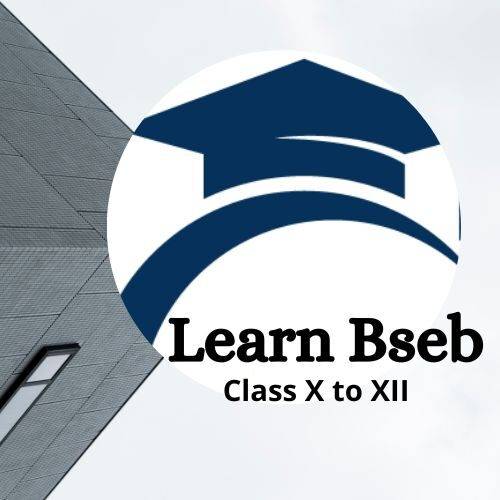Introduction
In today’s technological age, the influence of digital technologies in the field of education has become very widespread. Traditional classrooms are no longer limited to blackboards and books, but now they have transformed into digital and interactive platforms. An important part of this transformation is digital collaboration, where students and teachers learn and collaborate with each other using technological tools.
In this essay, we will learn what digital collaboration is in the classroom, its benefits, challenges, major tools, and what its future is.
What is digital collaboration?
Digital collaboration means that students and teachers work together with each other with the help of online tools and technologies. It includes elements such as projects, assignments, online discussions, feedback, and group work.
For example, creating a project together on Google Docs, taking a virtual class on Zoom, or sharing ideas on Padlet—all are examples of digital collaboration.
Importance of digital collaboration in education
1. Promoting active learning
Digital collaboration allows students to actively participate in the learning process.
2. Increasing communication skills
Online dialogue and group work improve students’ communication and presentation skills.
3. Teamwork and leadership skills
Students learn responsibility, leadership, and cooperation while working in groups.
4. Global connectivity
With the help of digital platforms, students can also connect with other students in the country and abroad.
5. Future preparation
Most of today’s careers are based on digital technologies, which prepare students for the future.
Useful tools for digital collaboration
- Google Workspace (Docs, Sheets, Slides, Meet)
- Microsoft Teams
- Zoom and Google Meet
- Padlet, Jamboard
- Trello, Slack, Asana
- Google Classroom, Moodle
With the help of these tools, students can work together, get feedback, and improve the learning experience.
Examples of digital collaboration
Creating a presentation through Google Slides
All students work on different slides in the same file.
Giving feedback in Google Docs
Students can comment on each other’s articles and give suggestions.
Discussion in Google Classroom
Teachers ask questions, and students answer, leading to group discussion.
STEM projects in Microsoft Teams
Do science, technology, engineering, and math projects together.
Benefits of digital collaboration
1. Fun and interactive learning
Multimedia and real-time collaboration keep students engaged.
2. Better learning outcomes
Students share ideas, which leads to deeper understanding.
3. Responsibility and self-discipline
Student contributions can be tracked on digital platforms, making them responsible.
4. Personalised learning
Work can be distributed according to the ability of each student.
5. Helpful in hybrid and remote learning
Education remained continuous even during times like COVID-19.
Challenges
1. Digital divide
Not all students have access to devices or the internet.
2. Technical problems
Lack of knowledge of tools or technical malfunction
3. Lack of digital literacy
Both students and teachers may need training.
4. Distractions
There is a high chance of distraction in online studies.
5. Difficulty in assessment
It may be difficult to measure individual contributions in group work.
Solutions to these challenges
- Devices and internet facilities for all
- Digital training workshops
- Clear guidelines and etiquette
- Monitoring by software
- Balance of offline and online education (blended learning)
Future of digital collaboration
1. Use of AI and VR
Artificial intelligence and virtual reality will make education even more interactive.
2. Global classrooms
In the future, students will be able to study with peers from different countries.
3. Blockchain technology
It will be used to securely track student contributions.
4. Game-based learning
Group activities will now be possible through games as well.
5. Cloud-based education
All data and projects will be saved in the cloud, making it possible to study from anywhere.
Role of teachers
- As a guide
Showing the right direction to the students.
- Monitoring
Reviewing the work of students from time to time.
- Providing training
Giving knowledge on how to use digital tools.
Motivation and Support
Encouraging and helping students.
Impact on Students
Digital collaboration develops the following abilities in students:
- Creativity
- Problem Solving
- Leadership & Teamwork
- Digital Awareness
- Cultural Sensitivity
Conclusion
Digital collaboration is a new tool for classroom education. It goes beyond traditional methods and makes education interactive, personalized and impactful. It not only meets the current needs of students but also prepares them for the future.
Although there are some challenges in it, they can be overcome with the right direction and resources. Digital collaboration is not only the future of education, but it has also become a necessity of today’s education.

